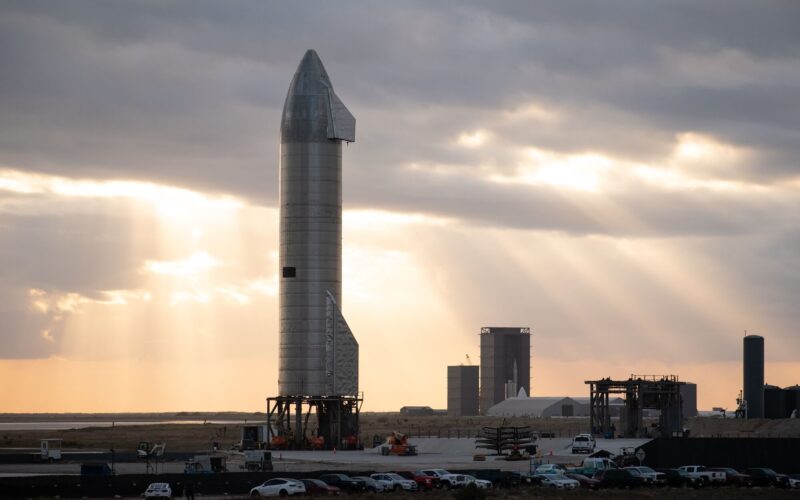The third time is a charm… almost. For its third altitude test flight, SpaceX’s Starship rocket successfully landed. The first two flights, which took place respectively on December 9, 2020, and February 2, 2021, ended with a missed landing and the explosion of the rocket on the ground.
After the first countdown was canceled, the Starship SN-10 eventually took off on a second try. When it reached 10 kilometers in altitude, the Raptor engines were turned off and the rocket flipped horizontally, then rotated back vertically before landing on the launchpad.
Touchdown! Starship SN10 is still standing pic.twitter.com/Mv1EWT3AJ2
— Supercluster (@SuperclusterHQ) March 3, 2021
While this time the prototype managed to land, the test still ended up with a bang. After it touched the ground, a fire started under the rocket and about 10 minutes later, the spacecraft was sent into the air by a violent explosion.
Oof. SN10 has decided to join SN8 and SN9.
— Chris B – NSF (@NASASpaceflight) March 3, 2021
Still a great advancement with the landing.
https://t.co/bOsEo1u0u0 pic.twitter.com/RiXV6e3u04
Nonetheless, the successful landing still showed encouraging progress, as SpaceX adjusted the re-ignition of the engines to give more time for the rocket to maneuver. The SN-11, which is already being assembled near the launch site, will hopefully be the one to survive the test.
The objective is for SpaceX to develop a vehicle capable of coming and going into space, hence the needed capability to take off and land vertically. Starship could eventually take over the missions of the Falcon 9 and the Falcon Heavy launchers currently being used by SpaceX. It could even be the spacecraft used to one day colonize Mars.
The test flights of the Starship take place in Boca Chica, southern Texas. The area is deserted enough to insure an accident or explosion does not cause damage or casualties.

